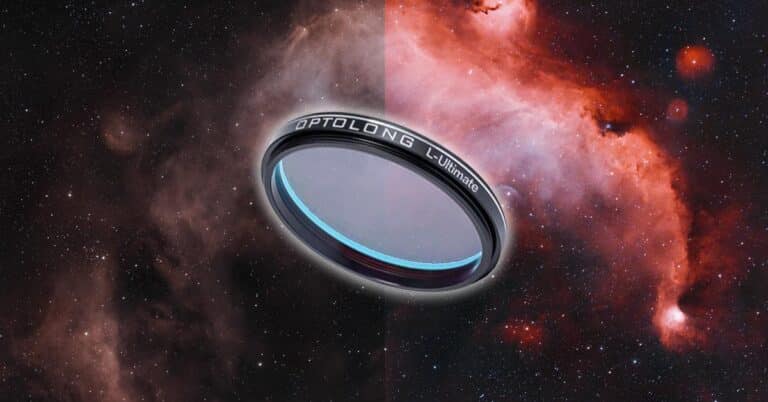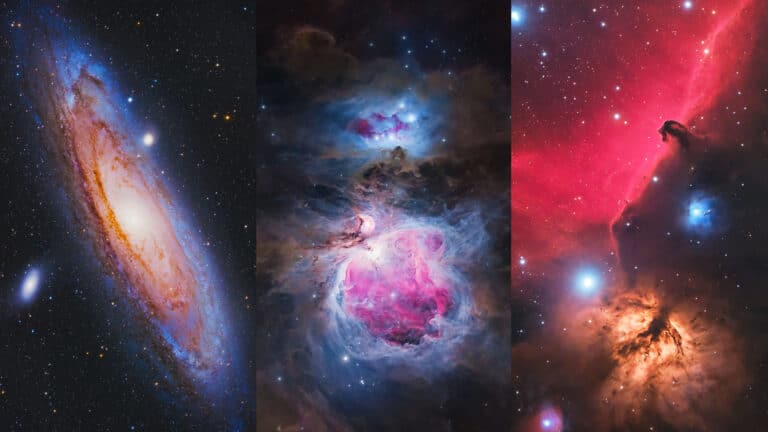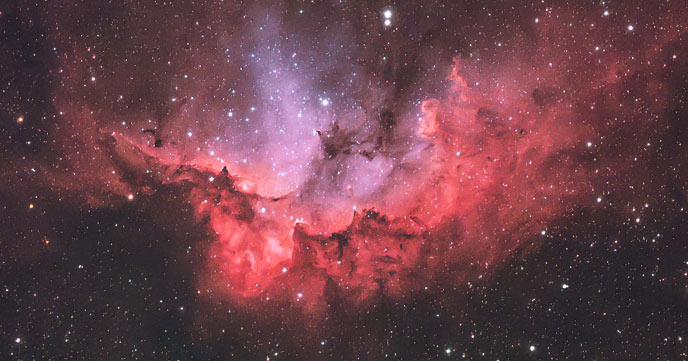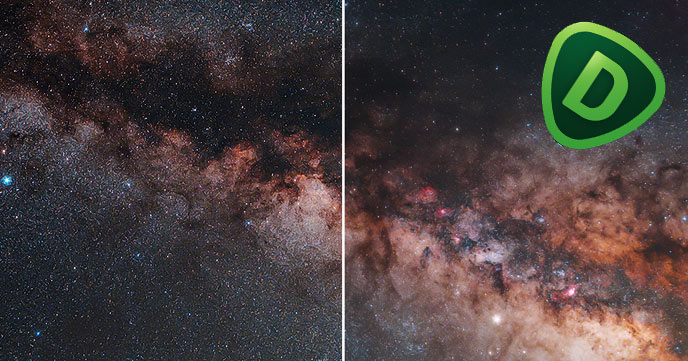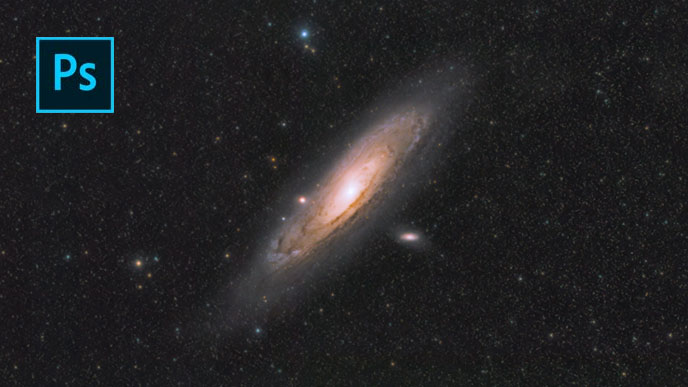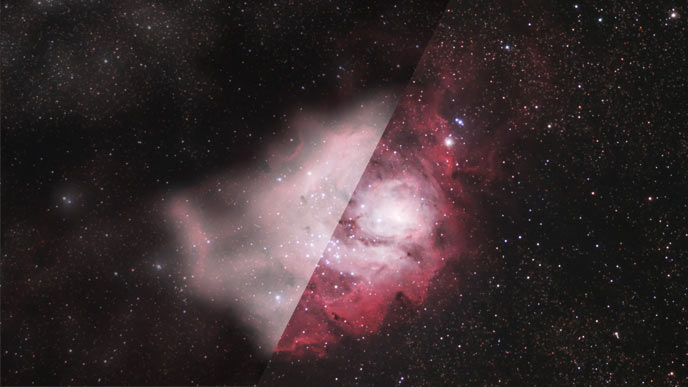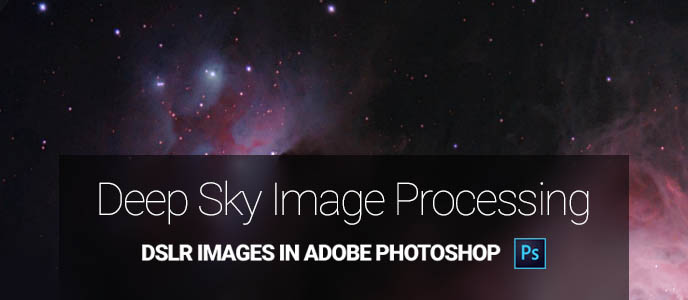OSC Narrowband Image Processing in PixInsight
As an astrophotographer myself, I am constantly learning new image-processing tips and tricks from the astrophotography community. My absolute favorite way to learn is by watching YouTube videos created by knowledgeable people willing to share what they have learned. I have recently discovered Paulyman Astro, who is a fantastic resource for all things PixInsight. He…
